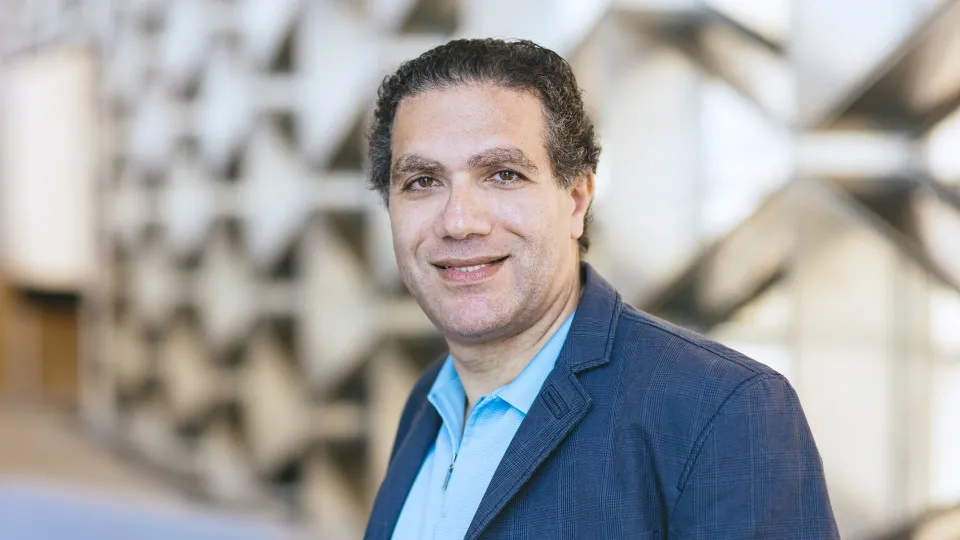Early warning sensor sniffs out cities' harmful gas
An integrated detector device could form the basis of a distributed air-quality sensor network.
About
The design for an electronic sensor that sounds the alarm if toxic industrial and vehicle-exhaust gases exceed safe levels could lead to cleaner air in many cities. KAUST researchers have developed a small, low-cost device that senses nitrogen dioxide (NO2); it could be deployed in potential hotspots around cities, alerting authorities if levels of the harmful gas start to spike.
Most existing NO2 detectors are large, complex machines suited to laboratory use, whereas the compact new device is designed to form part of a distributed network of air quality sensors. “Our sensor exhibits very high sensitivity and selectivity for NO2, operates at room temperature and has very low power consumption,” says Mani Vijjapu, a Ph.D. student in Khaled Salama’s lab, who led the research.
However, the biggest advantage over previous designs is that the gas detector brings together all the necessary sensing and signal processing components within a simple, fully integrated system, Vijjapu says. Despite its simplicity, the device’s output signal varies according to NO2 concentration.
The gas detector’s high performance, low power consumption and fully integrated design all stem from the NO2-sensing thin-film transistor at the core of the device. Previous sensors have used metal oxides that are sensitive to NO2 only when heated or continuously irradiated with light. This time, the team used a semiconductor called indium gallium zinc oxide (IGZO). “As a gas sensor, the IGZO-based thin-film transistor has multifaceted benefits,” says Sandeep Surya, a postdoctoral researcher in Salama’s team.
Read the full article



